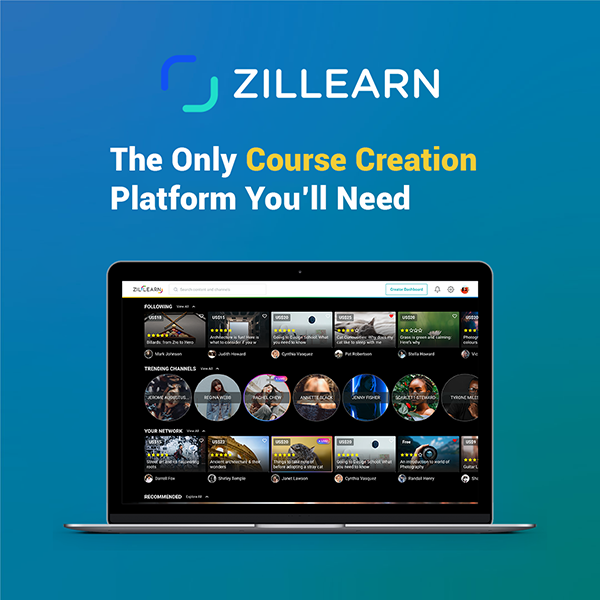“Creating new human jobs might prove easier than retraining humans to actually fill these jobs,” said Yuval Noah Harari, historian and author of the widely acclaimed Sapiens: A Brief History of Humankind and 21 Lessons for the 21st Century.
Yet, reskilling and upskilling is necessary for the sustainable development of an organization.
Prior to 2020, leaders assumed they knew best what skills their employees needed to bring to the table. However, the pandemic taught us that a person’s potential is not about what they were recruited for, what they are certified to do, or what an organization expects them to do.
Instead, an employee’s potential comes to fuller fruition when they are given the freedom to choose how they can best help tackle critical organizational challenges as the business and labor market evolve.
Talent and opportunity marketplaces
“The talent marketplace is a key tool that helped us move people that had less work to do to areas where business was still growing, keeping our business afloat, protecting jobs and delivering results,” shared Jeroen Wels, Executive Vice President for Talent of Unilever.
Commonly hosted on a technology-enabled platform, the talent and opportunity marketplace creates opportunities for employees to match their passions and capabilities with the current and future needs of the organization.
By empowering everyone in the organization to take control of their career growth, the talent and opportunity marketplace “makes people aware of opportunities in the company … creates connections between project managers and people looking to work on projects, fosters professional development, and facilitates teams to get work done,” said Josh Bersin, President and Founder of Bersin & Associates, a leading industry research and advisory firm in enterprise learning and talent management.
As such, this marketplace has the potential to transform the way an organization thinks about work, the workforce, and the workplace.
“It makes it easier to form multidisciplinary teams that don’t think of people through job titles, or roles, but think of people for the skills, experiences, and potential they bring to solve a business problem,” said Watson Stewart, Global Head of Talent Solutions at Standard Chartered Bank in London.
Make it collaborative
It is an almost instinctual thing to divide ourselves into ‘them and us’ based on one another’s qualifications, training, and approach to work. However, organizations like Mastercard recognize that such a culture is unhealthy for the employees’ experience and the development of the organization.
At Mastercard, “we cultivate a culture of continuous learning to provide employees a variety of experiences to develop current capabilities and acquire new skills to sustain their marketability,” said Chief Talent Officer Kelly Joscelyne.
Mastercard recognizes that the lifelong learning culture is not limited to the transference of knowledge and skills in a physical or virtual classroom, it is also about creating opportunities for employees with diverse backgrounds, qualifications, and skills to learn from each other.
After all, “we want our people to bring their best self to work – and sometimes that means learning skills that are unexpected. We have people learning everything from historical facts to wine tasting. This may not seem completely aligned with our business goals, but every learning activity is an opportunity to build power skills,” said Steve Boucher, VP of Global Talent Development at Mastercard.
Re-architecting our approach to learning
Talent and opportunity marketplaces and multidisciplinary collaborations forces organizations to reimagine the relationship between people, skills, and job titles. It shifts the focus away from top-down inventorying of skills to people-centered L&D.
“For us in talent development and management, this is the triple crown for acquisition and retention of top talent: job satisfaction, social purpose and increase of skills,” said Joscelyne.
Having intentionally re-architect their learning approach to be more people-centered, Mastercard is a good example of an organization that acknowledges the fact that the shelf life of knowledge and skills is shrinking fast. As such, “the most important skill, in the words of Peter Drucker, is the skill of learning new skills – everything else will become obsolete over time,” added Boucher.
As 2022 approaches, it is necessary for leaders to prioritize the empowerment of their people through learning and development. It is equally important for leaders to be courageous and acknowledge their own need to re-skill and upskill.
If you want to learn more about empowering people at the workplace, sign up for The Disrupted Labor Market: Lifelong Learning Revolution course at ZilLearn.




